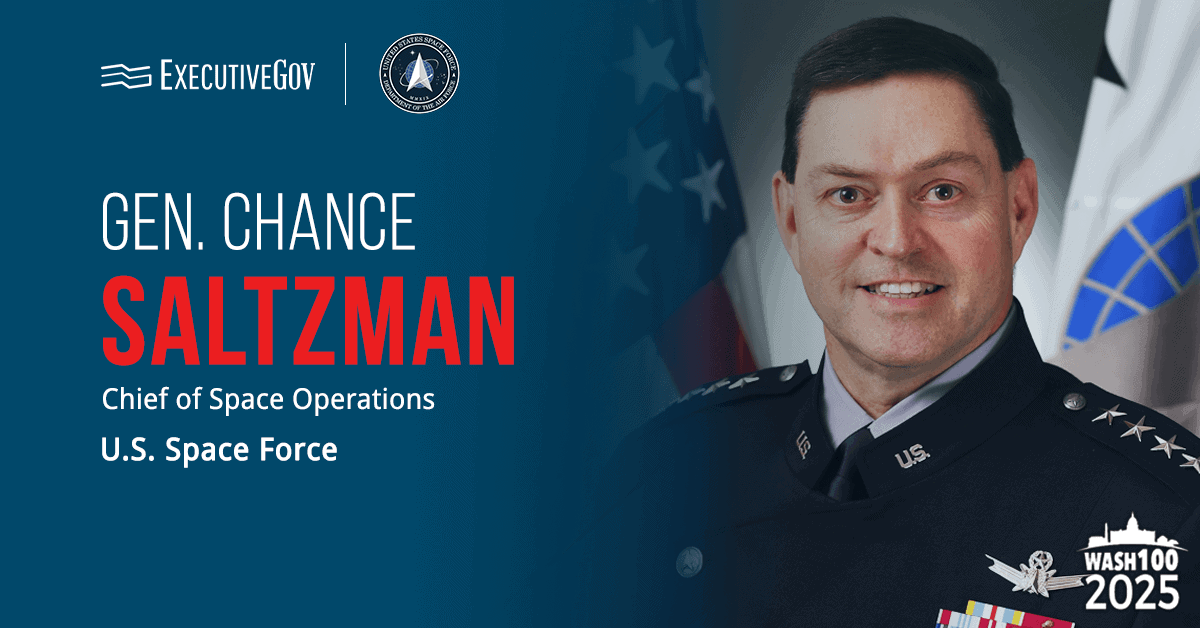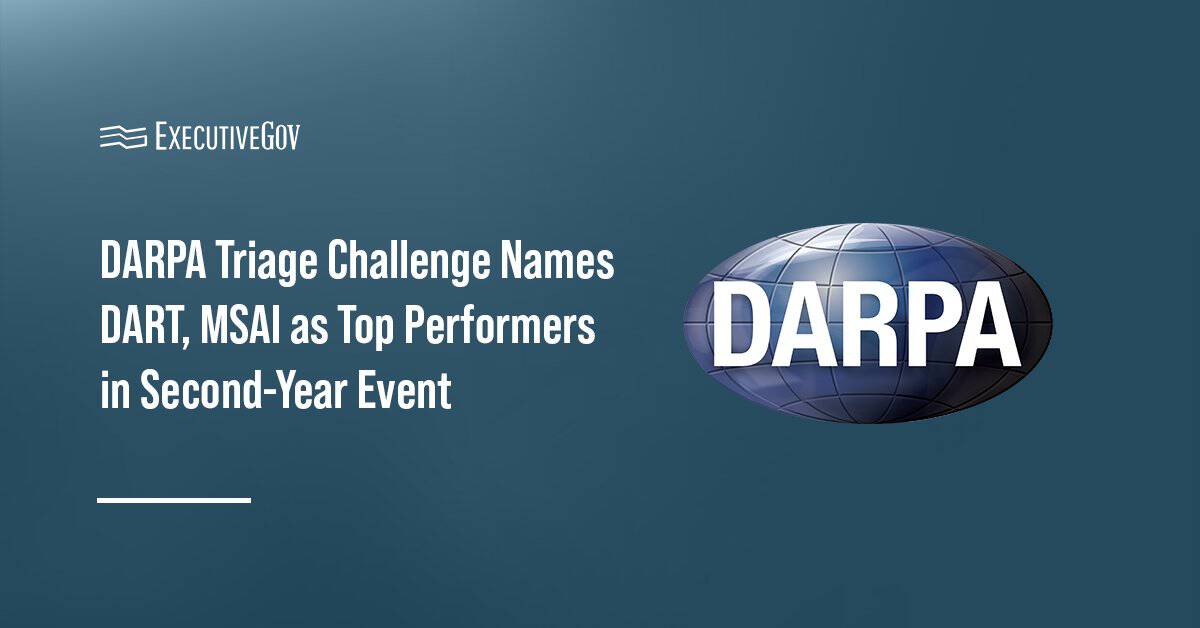Fort Myer Construction Corp. has won a $161 million contract for the first major repair of the 25-mile George Washington Parkway in Northern Virginia in nearly six decades, the Washington Post reported Tuesday.
Under the National Park Services contract, Fort Myer will design changes to 7.6 miles of road on the northern part of the parkway before a two-year construction work starting in 2025.
Planned changes to the busy route include new asphalt, rebuilt traffic safety features, improved storm drainage, redesigned interchange and enhanced entrance and exit lanes.
According to Park Services officials, the contract will help extend the parkway’s lifespan and improve the driving experience for commuters using the affected roads.





